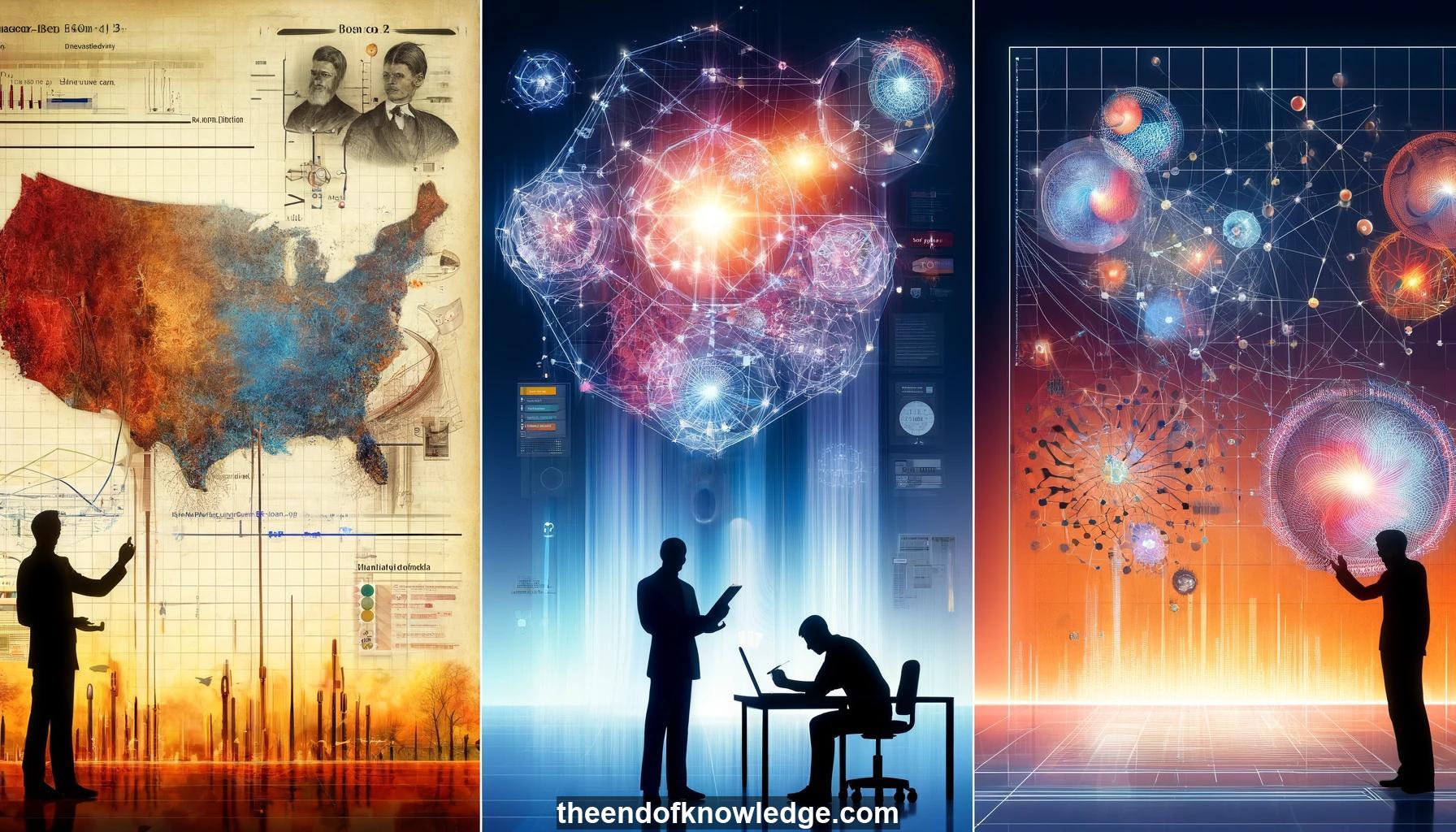 >
>
Concept Graph & Resume using Claude 3.5 Sonnet | Chat GPT4o | Llama 3:
Resume:
1.- John M. Abowd is the U.S. Census Bureau's Associate Director for Research and Methodology and Chief Scientist.
2.- The 2020 U.S. Census aims to accurately count the population while protecting individual privacy, which is challenging.
3.- The 2020 Census will collect basic demographic data on all U.S. residents as of April 1, 2020.
4.- Key Census data products include apportionment counts, redistricting data, and demographic and housing characteristics.
5.- In 2016, the Census Bureau began researching if published 2010 Census data were vulnerable to database reconstruction and re-identification attacks.
6.- Using only published 2010 Census data, the Census Bureau reconstructed individual records and re-identified a portion by linking to commercial databases.
7.- This proved publishing too many statistics from a confidential database allows reconstructing individual data, compromising privacy.
8.- The fundamental law of information recovery imposes a privacy-accuracy tradeoff when publishing statistics from confidential data.
9.- Formal privacy systems like differential privacy can provably protect confidentiality but reduce accuracy of published statistics.
10.- Statistical agencies and tech companies face the same challenge of the privacy-accuracy tradeoff when using confidential data.
11.- Social scientists need to work with computer scientists to determine the optimal privacy-accuracy balance for each use case.
12.- The Census Bureau set up a formal differential privacy system for the 2020 Census to protect individual privacy.
13.- Accuracy and privacy loss for 2020 Census data products were evaluated to inform policy decisions on the privacy-accuracy tradeoff.
14.- Unsupervised learning of disentangled representations from data aims to capture generative factors of variation in different parts of the representation.
15.- Theoretical results show unsupervised disentanglement learning is impossible for arbitrary data, in contrast to supervised learning.
16.- An empirical study investigated if disentangled representations can be learned unsupervised on common datasets used in the disentanglement literature.
17.- The study found the specific disentanglement method matters less than hyperparameter settings and random seeds for disentanglement performance.
18.- There are no consistent trends in hyperparameter settings that improve disentanglement across different datasets.
19.- Transferring good hyperparameters across similar datasets works to some degree, but not perfectly.
20.- Random seed and hyperparameter choice cause high variance in disentanglement scores for the same method.
21.- Unsupervised model selection to identify the most disentangled model from a set of trained models remains an open problem.
22.- Commonly tracked unsupervised metrics like reconstruction error do not reliably correlate with disentanglement scores.
23.- The role of inductive biases and supervision in disentanglement learning should be made explicit to avoid biasing scientific insights.
24.- Concrete benefits of disentangled representations for downstream tasks are still unclear and should be further investigated.
25.- Follow-up work found a small amount of supervision enables model selection and improves disentanglement learning.
26.- In some settings, disentanglement may provide sample efficiency and fairness benefits for downstream tasks.
27.- A real-world robotics dataset was collected to encourage research on disentanglement beyond toy datasets.
28.- Disentanglement is formally defined as having a 1-to-1 mapping between each learned feature and a ground truth generative factor.
29.- The impossibility result constructs two generative models that could produce the same data but with different entangled representations.
30.- With only unsupervised data, the true generative model is unidentifiable, making disentanglement impossible without further assumptions to exclude alternative models.
Knowledge Vault built byDavid Vivancos 2024